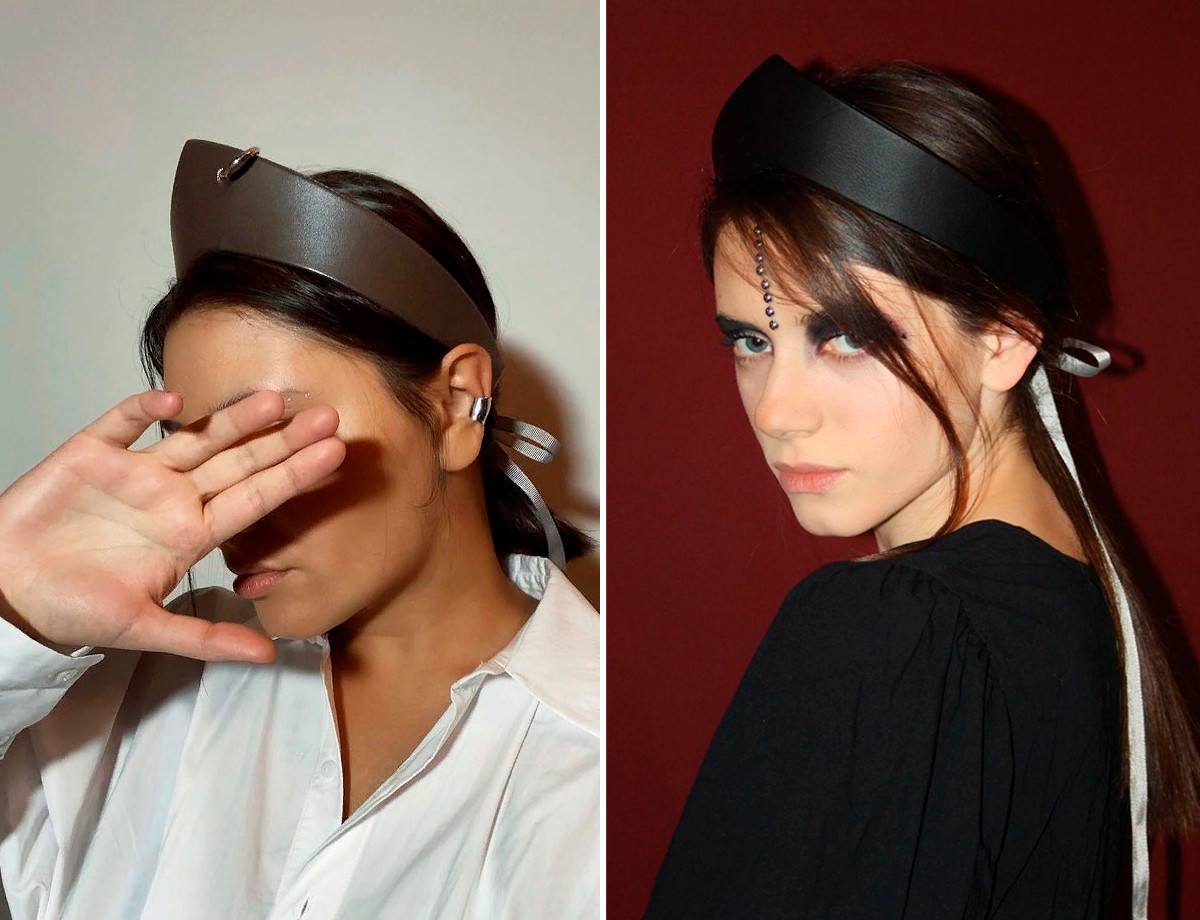7 ways fashion designers reinterpret traditional Russian attire
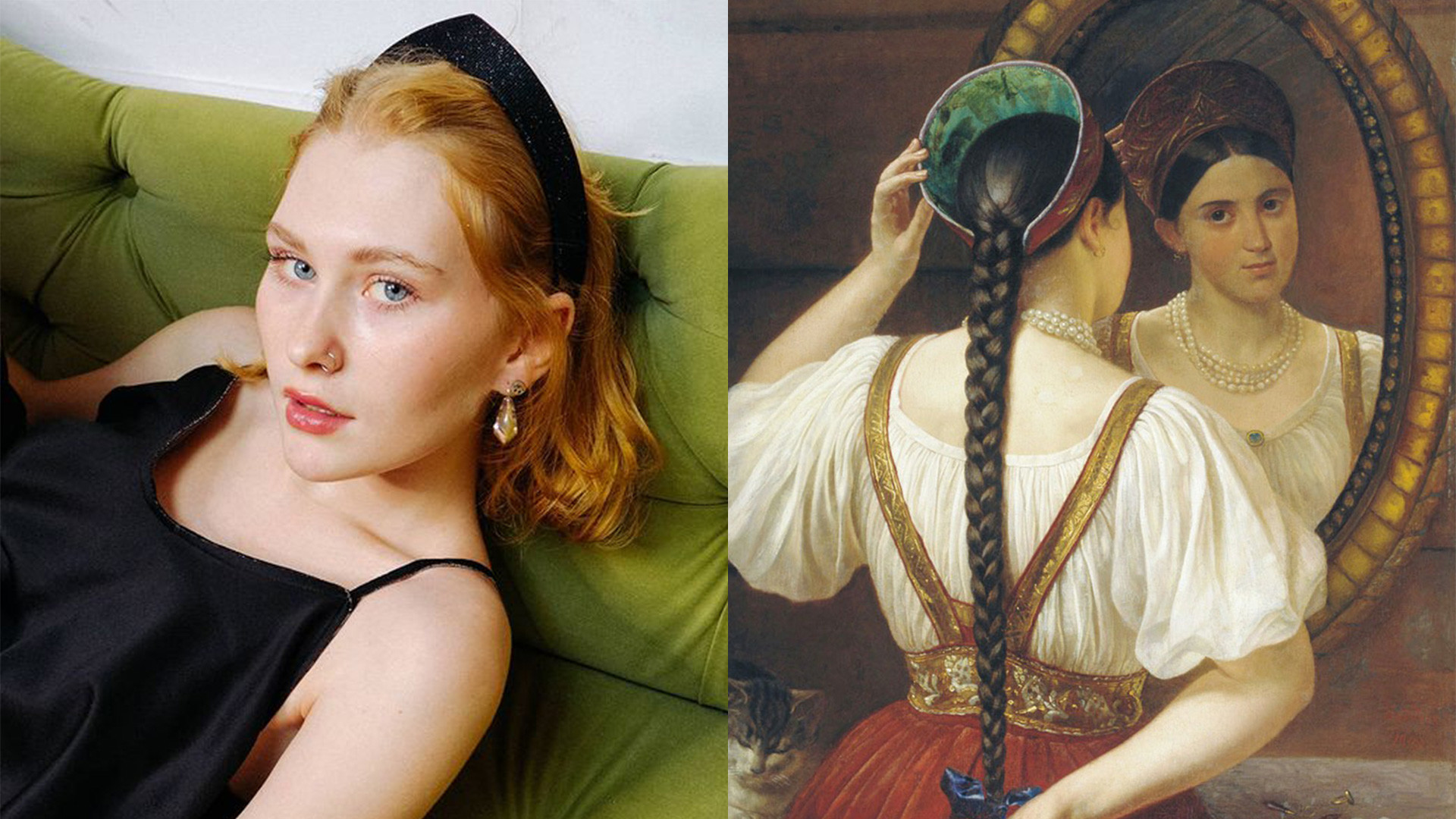
1. Kokoshnik
This old headwear is practically the crown jewel that symbolizes the Russian national costume. It was worn first and foremost by married women, with hair having to be hidden from the public’s eyes. Kokoshniks came in all shapes and colors: some could be fashioned in velvet, with various cutouts and embroidery, pearls and precious stones.
Today, they look reserved, reminding one more of monotone hoops that can be combined with any regular day-to-day look.
There’s a more brave option, with velour and eco-leather, with piercing-styled hoops, buttons and other add-ons.
2. Shawl
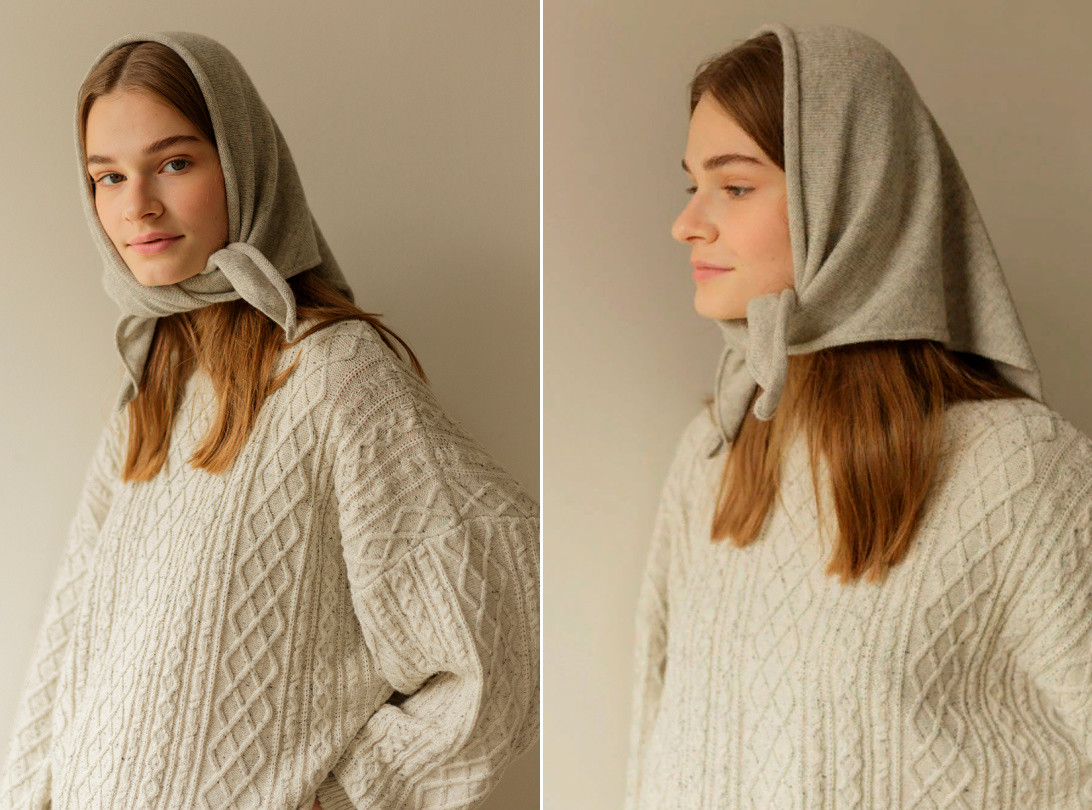
The Russian shawl is another popular accessory. It arrived from the East back in the 17th century and practically became part of the Russian fashion DNA. Married girls would use it to tie their hair to hide it from prying eyes. And you would not be able to enter a church without one - a tradition observed by women to this day. Shawls are reminiscent of works of art, often covered in floral motifs and various ornate designs.
The shawls are worn to this day, often with fur and long coats. However, modern brands also provide their own slightly more modest takes on the traditional designs, for instance, these kashmir options.
In winter, instead of the ordinary shawl, a headscarf with a warm shell will definitely do...

For rainy days, there’s the raincoat headscarf.
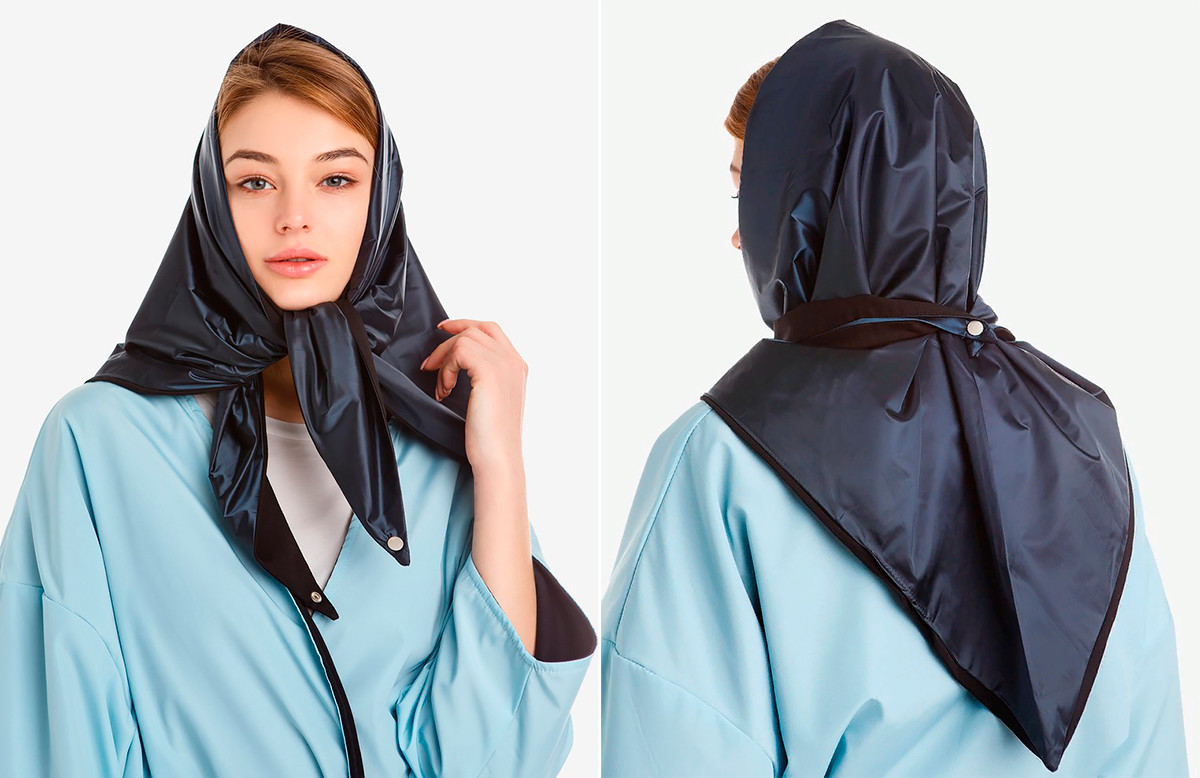
Eco-leather headscarves are all the rage today, however...
3. Lapti
It’s hard to believe, but this ancient flat-soled footwear made of birch or, sometimes, rackits, was a common sight in Russia until the 1930s - in summer or winter! A pair lasted you anywhere from three to ten days. People would stuff them with straw so as not to freeze, or wear them over wool socks.
Today, you’re only likely to see the type of shoe at a historical reenactment, although ‘Faktura Tepla’ has created something called the “new lapti”, which it promises will last you at least several seasons. They’re made from a type of washable craft paper (whatever that means).
“There are signs of wear that appear over time, which adds to the overall design of our lapti. They’re very light, comfortable and there’s no chafing. They’re also very breathable, owing to the fact that they’re woven,” the description on the brand’s website reads.
4. Dushegreya
Before there were down jackets and other things, Russians would wear something called a ‘dushegreya’ - which originates from the words “warm” and “soul”, so - a thing that warms the soul, literally.
It reminded one of a gillet or a fitted jumper, often fashioned with colorful designs and various ornaments that women would wear over a dress.
Today, the dushegreya is a long sleeveless gilet with a slim-fit design, similar to an actual dress. Russian brand ‘Onsitsa’ makes them out of flax, wool and jacquard, with vintage buttons completing the look.
5. Poneva
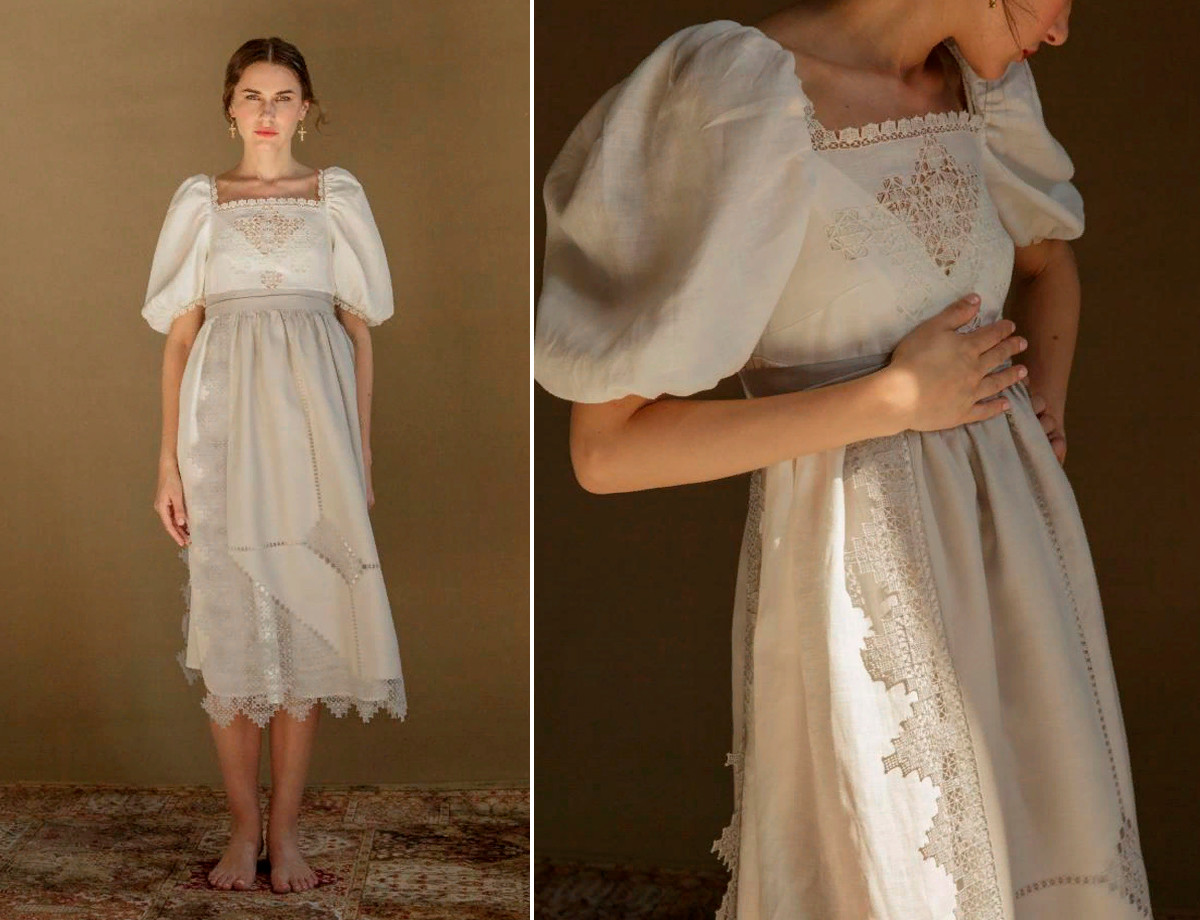
Married women had to cover not only their head, but feet, as well. It wasn’t enough to wear a long dress and sundress: they would also need something to tie around their waste, in this case a wool skirt - the ‘poneva’. They most often came in red and blue, but also had chequered and striped motifs.
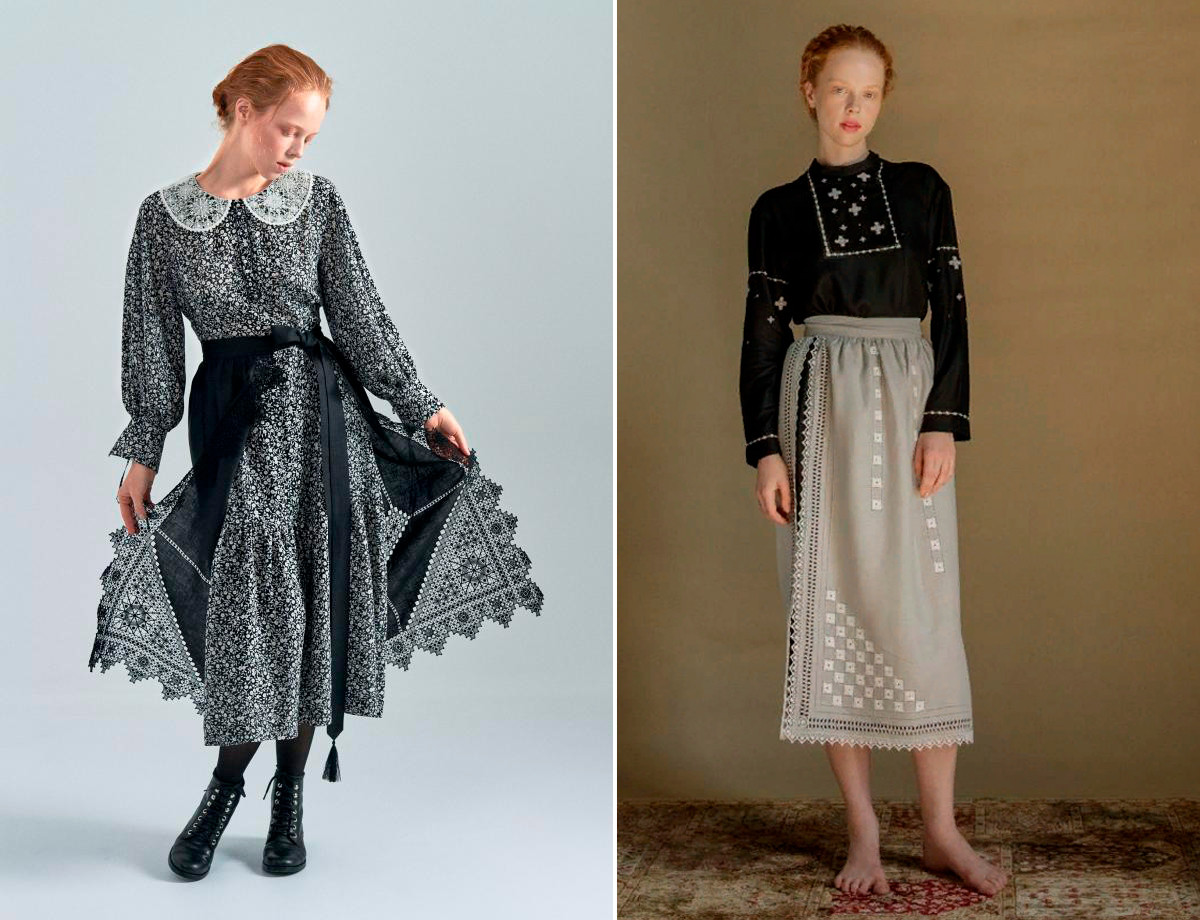
Modern ponevas come in black and dull shades, with not much embroidery to speak of these days, although it can be used to liven up any modern dress.
6. Rubakha
One of the main elements of the male national costume was the ‘rubakha’ - a long-sleeve shirt made of flax or cotton, which men would tie around their waste and wear with pants. These days, rubakhas are made for everyone, often decorated with traditional patterns.
Russian brand ‘Sonya v Tsarstve Diva’ continues the tradition, albeit with a modern twist.
7. Dresses and sundresses
Women of the Old Rus’ could not imagine their wardrobe without a sundress, with red being a common color, containing various patterns and embroidery, normally worn over a white long-sleeve dress.
A number of brands release them today, among them ‘Levadnaja Details’. According to the brand’s website, each dress is inspired by Russian wood-carved embroidery.
‘Sonya v Tsarstve Diva’ has their own line - long dresses based on a variety of traditional engravings and ornaments.
Artist and designer Lesya Paramonova releases her own sundresses and dresses under the name ‘Les’ in the style of traditional Rus’ dresses, but containing her own fairy tale take on traditional embroidery and tapestry designs.
If using any of Russia Beyond's content, partly or in full, always provide an active hyperlink to the original material.
Subscribe
to our newsletter!
Get the week's best stories straight to your inbox
